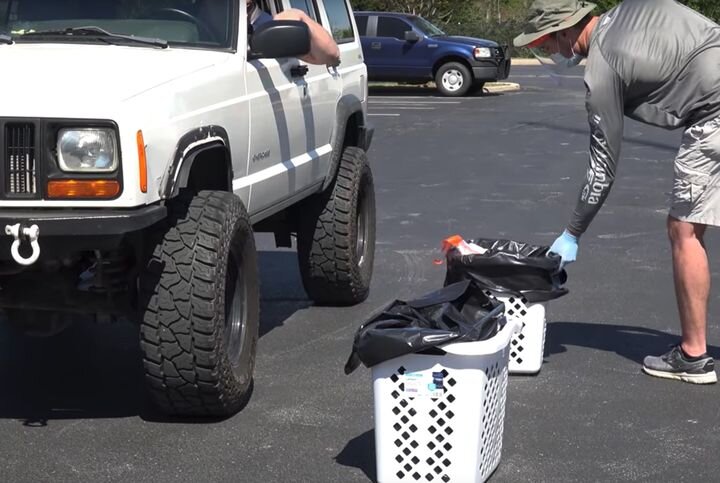
Over the past few months most regions have self-organized informal 3D printed PPE networks, but perhaps it’s time to consider shutting them down.
The COVID-19 crisis struck quickly, leaving many regions short on personal protective equipment (PPE) as healthcare facilities were overwhelmed. With supply chains disrupted due to the scramble for gear, transport issues and lack of adequate emergency planning, facilities found themselves without required protective gear. Some individuals even began improvising equipment on their own, such as using standard green trash bags as gowns.
Informal 3D Printed PPE
The 3D printing community felt the urge to assist and many individuals designed and produced various forms of PPE, most typically being face shields as they are about the easiest thing to make and pass regulatory approvals. Several face shield designs were circulated widely in the community, with one of the most popular being that from Prusa Research, who also managed to get their design certified by the authorities.
But with many individuals producing PPE components it became a bit of a wild-west scenario: a healthcare facility receiving these random parts could not be certain of their safety. Were they made from the correct materials? Were they sterilized? Could they be sterilized?
To resolve this issue forward-thinking 3D print enthusiasts in many cities organized impromptu collection and distribution networks. One of them, from Huntsville, Alabama, showed many how to properly set up such a system. They were able to distribute requests for production to individuals, safely collect prints, sterilize and bag them, and finally distribute them to places of need.
Their model was replicated in many cities, and certainly provided much needed relief for facilities without sufficient PPE.
Mass Production for COVID-19
But now things seem to be changing. Two things have happened that affect this type of production.
First, in many areas of the world the growth of the virus has begun to subside. New Zealand, for example, seems to have completely extinguished the virus and declared the country “open”. Other areas, including mine, are now seeing basically zero new cases.
These improvements are happening in several areas, and will happen in additional regions in the near future.
But a word of caution: this drop in cases is NOT happening everywhere. In particular, Africa and South America are still in dramatic upward movements. Even in the United States, whose overall numbers are relatively flat, shows huge growth in the virus if you subtract the figures from the New York area that was hard hit. (Editor’s note: my area is still seeing new cases as well; we as a team are well aware of the variance in viral spread.)
The other factor involved is manufacturing.
When the world was caught short of equipment, manufacturers were requested to produce replacement goods. However, manufacturing, while fast when operating, is relatively slow to get set up. It takes weeks or months to set up a proper production line for a new type of product.
Fortunately, 3D printers were able to fill that gap by rapidly producing gear and at the same time demonstrating to the world the viability of the technology in a way that had never been done previously.
But now, months later, local manufacturers have had the time to set up these production lines and we’re beginning to see a flow of products. These will greatly outstrip the capacity of the informal 3D print networks as mass manufacturing is by definition more efficient and scalable.
Shutting Down Local 3D Print Production
Because of these two factors it may be time to consider shuttering the informal networks, as they may not be needed anymore. This has already happened in my city, where I recently toured a now-abandoned sterilization center for just such a network.
There are some 3D print production facilities that should continue operation, however, and they are the very high-scale ventures such as built by Formlabs, Carbon, HP and Photocentric, who have scaled their technologies to produce millions of units. These are scales far, far above anything that could be produced by informal local networks.
These and mass manufacturing factories are becoming ready to handle even “second wave” scenarios that may happen later this year, again suggesting limited need for informal production.
Therefore, I suggest it might be time to consider shutting down these operations in areas where it makes sense to do so.
Your job is done, mission accomplished!
